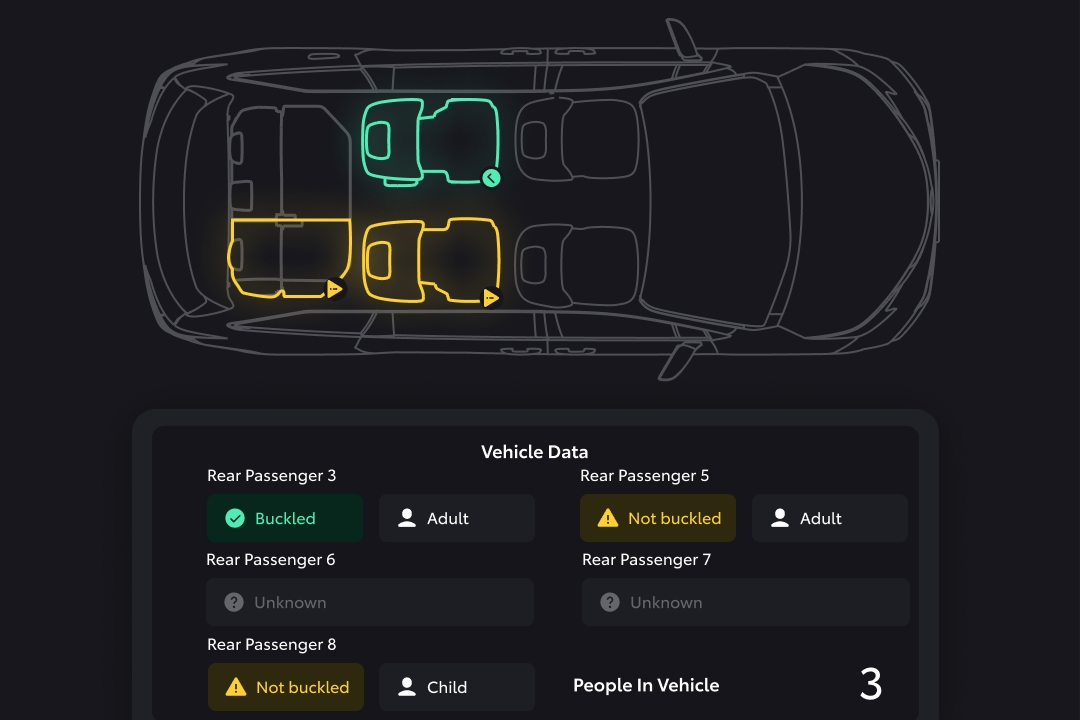Key Takeaways
- Toyota is using AI and autonomous driving tech to create self-driving tandem drift cars.
- The high-powered drift cars can drift and follow each other without crashing.
- The Toyota Research Institute and Stanford University have developed the system to make future vehicles safer.
Tandem drifting a pair of sports cars doesn’t typically have much to do with safety, but for Toyota, this thrilling activity could hold the key to making your vehicle much safer to drive in the near future. How, you ask? Through autonomous driving and artificial intelligence, as demonstrated in the YouTube clip at the bottom of this article.
2023 Toyota GR Supra
- Base MSRP
- $44,640
- Base Trim Engine
- 2.0L Turbo Inline-4 Gas
- Base Trim Transmission
- 8-speed automatic
- Base Trim Horsepower
- 255 hp
- Base Trim Torque
- 295 lb-ft
The Toyota Research Institute and Stanford University have teamed up to develop an AI-powered system that endeavors to keep you safe on the road. On the surface, automating the skill of tandem drifting makes little sense, as this is a rewarding but difficult-to-master activity that takes many years of practice to hone. Using self-driving tech to achieve this takes the fun out of everything. But drifting – the art of keeping a car in a controllable slide – can be used to inform future safety systems.
Autonomous Drifting Will Inform The Safety Features Of Tomorrow
Tandem drifting is challenging, particularly for the following car, which must stay as close as possible to the lead car without colliding or losing control. The Toyota Research Institute says this is valuable for self-driving systems, as “it requires them to balance multiple conflicting objectives, such as avoiding collisions, staying on the road, and reacting to other vehicles in real-time.”

Add CarBuzz to your Google News feed.
Toyota and Stanford University used two GR Supras, ‘Keisuke’ and ‘Takumi,’ tuned to produce 700 and 520 horsepower, respectively. Both vehicles are equipped with special sensors and computers that control the brakes, steering, and acceleration. The two cars communicate on a shared Wi-Fi network which allows them to communicate “where they are relative to each other and their current planned trajectories.”
“The way you control the car while drifting is the same as the way you would control it while it’s on ice or snow. That’s really where the average driver can benefit from a system that is assisting them.”
– Avinash Balachandran, Senior Director, Toyota Research Institute
AI-Assisted Safety Systems Could Save Lives One Day
The GR Supras constantly plan their steering, braking, and throttle inputs in order not to crash into each other. They do so using a technique called Nonlinear Model Predictive Control. Takumi and Keisuke start with predetermined instructions, represented as a cost function and constraints that they may not breach. The cars can process the problem up to 50 times per second to respond to the changing driving conditions.

Related
Toyota’s Latest Concept Has The Potential To Save Countless Lives
We hope this brilliant idea makes its way to production cars very soon.
What has this got to do with safety? Well, while Toyota is some time away from creating self-drifting sports cars, this technology could be used to help control a vehicle that loses control on a slippery surface, like ice, snow, or wet roads. While traction control and driver assists have done a lot to keep road users safe, sometimes these features can’t stop a car from sliding towards danger. However, leveraging AI to take over and regain control has the potential to save plenty of lives.
#Heres #Toyotas #SelfDrifting #Supras #Save #Life


